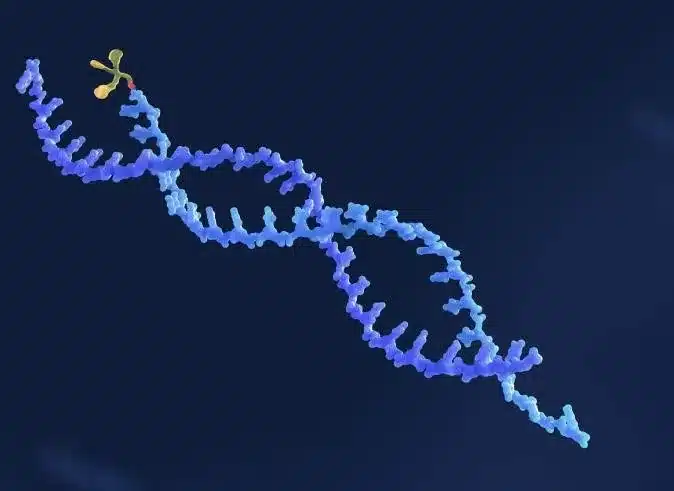In recent years, oligonucleotide drugs have been making waves in the field of pharmaceuticals. These innovative molecules, consisting of short DNA or RNA fragments, have demonstrated vast therapeutic potential. Since the approval of the first siRNA drug in 2018, the development of oligonucleotide drugs has gained momentum. However, due to their unique properties, oligonucleotides present distinct challenges to drug developers, necessitating specialized evaluation systems. This article explores the world of oligonucleotide drugs, shedding light on their promise, challenges, and the role of Drug Metabolism and Pharmacokinetics (DMPK) services in their development.
What is Oligonucleotide Drugs
Oligonucleotide drugs are a class of therapeutic agents composed of short, single- or double-stranded DNA or RNA fragments. Their potential applications are remarkably diverse.

These molecules have the ability to target specific genes, modulate protein expression, and influence a range of cellular processes. Oligonucleotide drugs offer exciting prospects for treating diseases that were previously difficult to address with conventional medications.
Unique Challenges in Oligonucleotide Drug Development
Despite their therapeutic promise, oligonucleotide drugs come with a set of unique challenges. These challenges set them apart from traditional small-molecule drugs and demand innovative approaches in their development.
1. Drug Metabolism and Pharmacokinetics (DMPK)
The absorption, distribution, metabolism, and excretion (ADME) of oligonucleotide drugs require specialized evaluation. Unlike traditional drugs, oligonucleotides don’t follow conventional metabolic pathways. They are subject to distinct mechanisms of cellular uptake, intracellular trafficking, and degradation.
2. Delivery Systems
Oligonucleotides face challenges related to effective delivery to target tissues. Their large size and negative charge can limit their ability to cross cellular membranes and reach specific intracellular locations. Developing efficient delivery systems is crucial to realizing their therapeutic potential.
3. Regulatory Considerations
Regulatory bodies have recognized the uniqueness of oligonucleotide drugs and have issued specific guidelines for their development and evaluation. Meeting these regulatory requirements demands a deep understanding of the molecules and their interactions within the body.
The Role of DMPK Services in Oligonucleotide Research
Navigating the complexities of oligonucleotide drug development requires expertise and specialized services. This is where Drug Metabolism and Pharmacokinetics (DMPK) services come into play. DMPK services provide a range of critical functions:
1. Absorption Assessment
DMPK services help evaluate the absorption of oligonucleotides in different media. Understanding how these molecules behave in various environments is essential for optimizing their delivery.
2. Distribution Analysis
The distribution of oligonucleotides in the body, including their binding to plasma proteins and tissue distribution, is a key aspect of DMPK evaluation.
3. Metabolism Exploration
Oligonucleotides undergo unique metabolic transformations that require careful study. DMPK services utilize various in vitro models to explore these transformations and identify metabolites.
4. Excretion Studies
Understanding the routes of excretion is crucial in assessing the elimination of oligonucleotide drugs from the body. DMPK services employ in vivo experiments to investigate excretion pathways.
Conclusion
As the pharmaceutical industry continues to explore the potential of oligonucleotide drugs, collaboration between research institutions, pharmaceutical companies, and service providers like DMPK services will be instrumental. This collaborative effort will drive innovation, address challenges, and open new horizons in the realm of oligonucleotide therapeutics. Oligonucleotide drugs represent a promising frontier in pharmaceutical research. Their unique properties and challenges require specialized evaluation systems, and DMPK services have emerged as key players in this field. With their support, the development of oligonucleotide drugs is accelerating, bringing us closer to novel treatments for a wide range of diseases.







